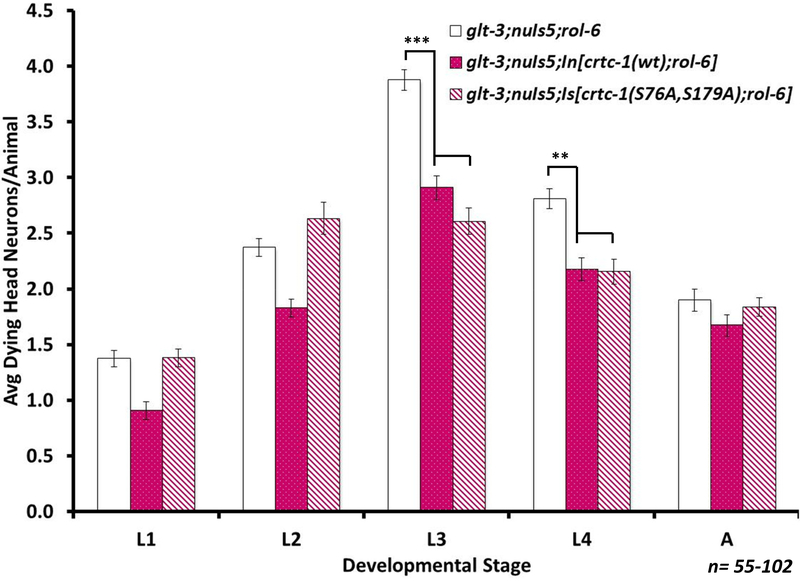Figure 9: Overexpression of either WT or hyperactive CRTC-1 protect from excitotoxicity to a similar extent.
Average number of degenerating head neurons per animal in different developmental stages, comparing the original excitotoxicity strain (glt-3;nuIs5) to a similar strain carrying also an integrated transgenic construct expressing cDNAs encoding either WT CRTC-1 or S76A,S179A non-phosphorylatable mutant CRTC-1. Since the integrated strains for WT or hyperactive CRTC-1 overexpression were prepared (by the Dillin & Mair labs) with a rol-6 transgenic marker (a mutation that causes the nematodes to roll around their heads ceaselessly, leading to unusual mechanical forces on the head), we included this transgenic marker also in our control line (rol-6, glt-3;nuIs5). Statistical comparisons, at each lifestage: one-way ANOVAs, post hoc Tukey, ** indicates p≤0.01; *** indicates p≤0.001. For clarity, only significant differences are highlighted.

